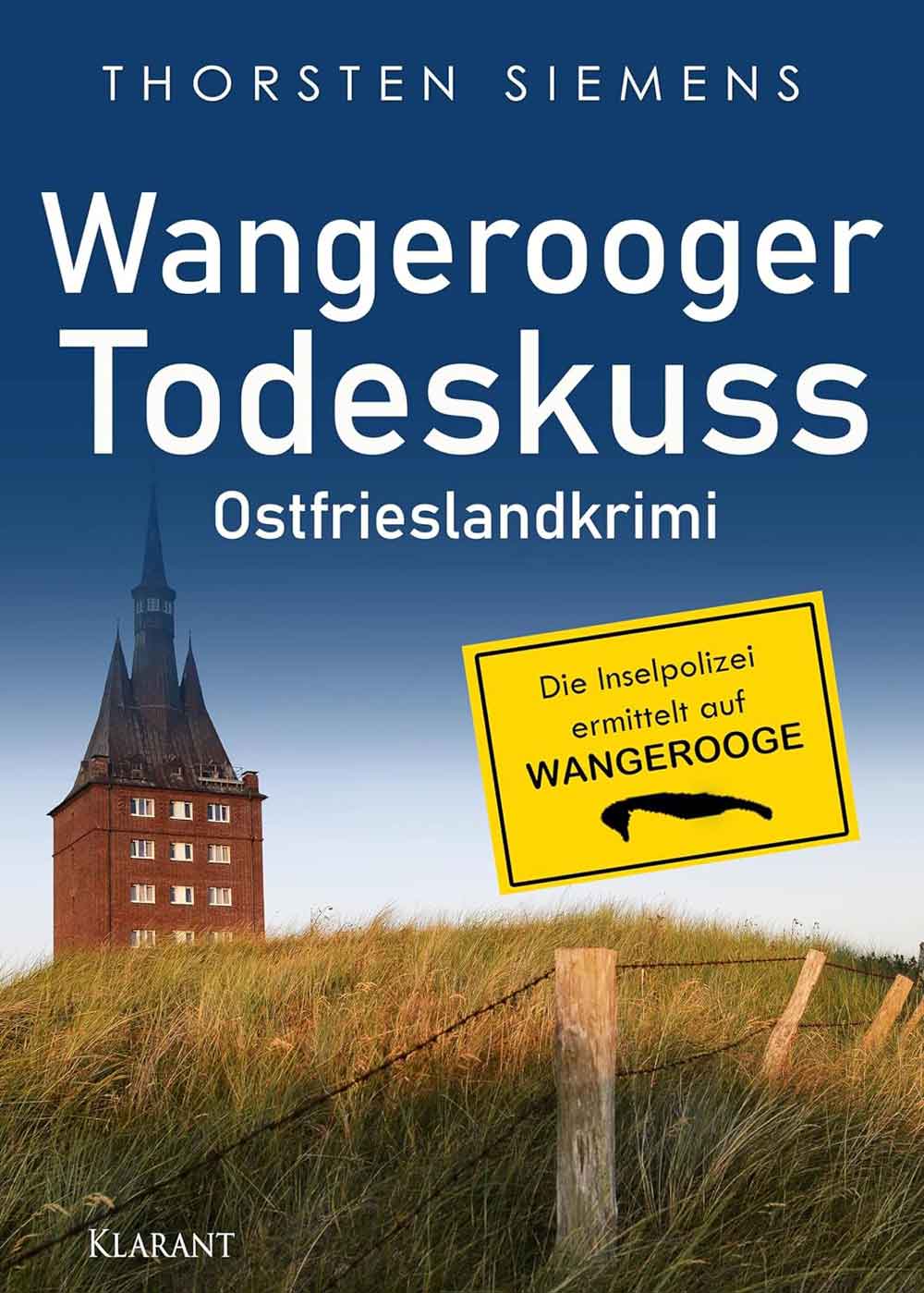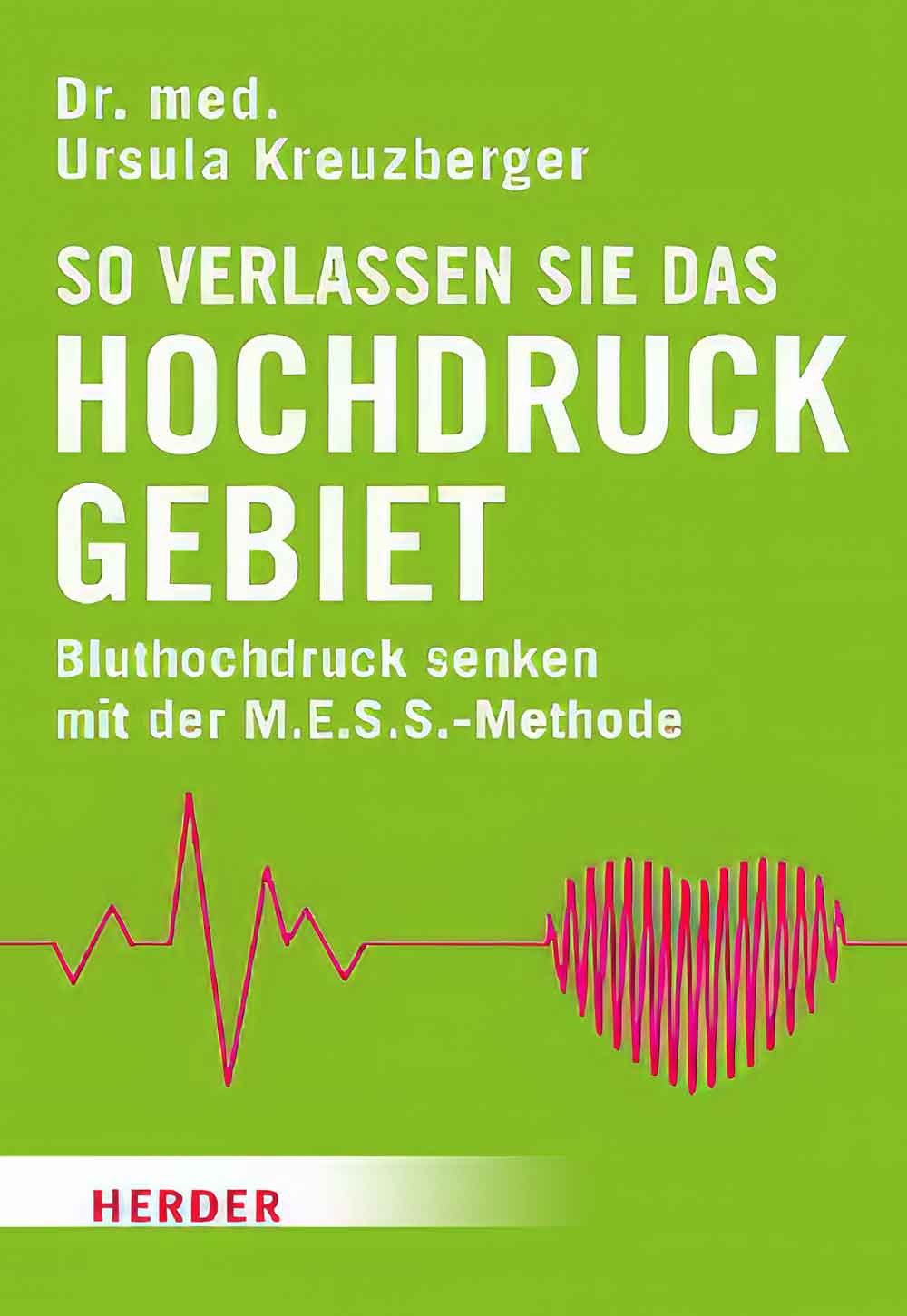Elektrofahrzeuge, die am besten vorbereiteten Städte in Europa enthüllt
For many, transitioning to an electric vehicle is more than just changing the car you drive: it’s a brand new lifestyle. But which cities are providing the infrastructure to support that lifestyle?
Curious to identify the European cities most considerate of electric motorists, Uswitch.com created an index evaluating the number of free EV charging sites, average energy prices, EV charging consumption, and the distance from one EV charger to another. After using this index to assign 33 European cities an EV Incentive Score out of 10, they determined the best cities in Europe to own an electric vehicle.
The Top 10 Cities to own an Electric Vehicle
|
Rank |
Country |
City |
Percentage of free chargers available |
Average price/kW (Euros) |
Average charger power consumption (kW) |
Average distance between chargers (km) |
EV Incentive Score /10 |
|
1 |
Iceland |
Reykjavik |
65% |
€0.29 |
26kW |
0.55km |
7.94 |
|
2 |
UK |
Glasgow |
92% |
€0.32 |
17kW |
1.10km |
7.54 |
|
3 |
Portugal |
Lisbon |
1% |
€0.17 |
24kW |
0.76km |
7.31 |
|
4 |
Hungary |
Budapest |
54% |
€0.33 |
25kW |
1.03km |
7.14 |
|
5 |
Norway |
Oslo |
8% |
€0.31 |
9kW |
0.61km |
7.04 |
|
6 |
Spain |
Barcelona |
60% |
€0.34 |
18kW |
1.01km |
7.02 |
|
7 |
The Netherlands |
The Hague |
4% |
€0.30 |
14kW |
0.48km |
6.81 |
|
8 |
Czech Republic |
Prague |
9% |
€0.26 |
32kW |
1.18km |
6.78 |
|
9 |
Belgium |
Antwerp |
44% |
€0.37 |
17kW |
0.89km |
6.76 |
|
10 |
Finland |
Helsinki |
16% |
€0.26 |
20kW |
1.09km |
6.63 |
You can find the full dataset of all 33 cities here.
Reykjavik is the European city best equipped to support electric vehicles, boasting an EV Incentive Score of 7.94/10. The Icelandic capital consistently ranks high across the index, with an especially low average distance between chargers (0.55km). This is second only to The Hague (The Netherlands), where the distance from one EV charger is less than 500m (0.48km) from another: 13% shorter than Reykjavik. On average, 65% of EV chargers in the Icelandic city are also free of charge, so electric motorists will rarely worry about the cost of recharging.
With an EV Incentive Score of 7.54/10, Glasgow is the second best European city to own an electric car, Uswitch.com can reveal. While there is an average of 1.10km between chargers - double that of Reykjavik - they are almost always free. In fact, Glasgow has the most free EV chargers of all cities analysed at 92%, 136%more than those in London (39%).
Portugal’s Lisbon places third, with an EV Incentive Score of 7.31/10. In spite of the lowest percentage of free chargers from the study (1%), Lisbon is elevated to third as drivers enjoy the cheapest price per kilowatt in Europe at €0.17/kW. Impressively, this is 35% cheaper than Prague in second place (€0.26/kW), and 54% cheaper than prices in Madrid.
Germany’s cities, ranked
|
Rank |
City |
Percentage of free chargers available |
Average price/kW |
Average charger power |
Average distance between chargers |
EV Support Score /10 |
|
1 |
Munich |
10% |
€0.39 |
21kW |
0.83km |
6.38 |
|
2 |
Hamburg |
4% |
€0.43 |
23kW |
0.73km |
6.22 |
|
3 |
Berlin |
6% |
€0.43 |
17kW |
0.82km |
6.03 |
|
4 |
Cologne |
7% |
€0.39 |
20kW |
1.22km |
5.89 |
|
5 |
Frankfurt |
12% |
€0.45 |
18kW |
1.04km |
5.81 |
With an EV Incentive Score of 6.38/10, Munich is the best city in Germany to own an electric vehicle. At €0.39/kW, it ties with Cologne for the cheapest power in Germany, but Munich benefits from its average distance between chargers (0.83km) being 31.97% shorter than Cologne (1.22km). Frankfurt is the worst city in Germany to own an EV, despite containing the highest percentage of available chargers (12%). This is due to Frankfurt having both the most expensive energy prices (€0.45/kW), and the weakest chargers in Germany (18kW).
Why should you switch to an EV?
Electric vehicle expert Ben Gallizzi gives some tips on transitioning to your first EV:
“Switching to an electric vehicle is easier than you might think. With more car options becoming available every year, going electric can be affordable and eco-friendly.
“While the number of charging points in most places is increasing by the year, there are measures you can take at your home so you don’t have to rely so heavily on the charging facilities in your area.
“Investing in a home EV charging station is a convenient and economical way to maintain the charge of your vehicle. With so much high-quality home charging equipment now available, you can enjoy the full benefits of an EV regardless of where you live.”
Methodology
- Uswitch.com/electric-car/ev-charging/ carried out this research to determine the best European city to own an electric vehicle. The study assesses factors such as average travel distance between EV chargers, average price per kWh, number of paid vs free EV chargers, and average EV charger power.
- A list of 56 European cities were compiled, along with the top 25 most populated non-capital European cities. To prevent the most populated European countries dominating the list, a maximum of 5 cities per country were included in the list. The boundary of each city was determined via data from the 2020 Urban Audit by GISCO, available from Eurostat. EV charger information for each city’s boundary was then acquired through the OpenChargeMap (OCM) APL.
- Only EV chargers with data on both the number of charging bays and charging power were included. This means some cities have fewer EV chargers included in the dataset than are listed in total on OCM, due to limitations in the OCM database.
- Some charging locations had more charging bays listed than connections within the OCM database. In these cases, their connection power was listed as 0kW and excluded from the charger power calculations.
- Any city with fewer than 80 EV charger data points were excluded, leaving 33 cities in the dataset.
- Where EV chargers were missing data on cost, they were manually found from various websites, including Chargeprice and EV charger operator websites. These included prices were estimates, as the charging costs vary depending on location and the EV owner’s membership(s) to charging companies.
- Some EV chargers within each city were unable to be classified into a fee type (free/paid) due to unavailable pricing data. For each city, the percentage of classifiable chargers were calculated to be used later in weighting the final scores.
- Following this, each city’s EV chargers were analysed to calculate values for the average price per kWh, average charger power in kW, and percentage of free EV chargers within the city. When relevant, the local currency was converted to euros using rates from Google Finance on 24/03/2022.
- For every EV charger within the target city, a route from the EV charger to its nearest neighbouring charger was generated using OpenRouteService to calculate the total journey distance between the charger and its nearest neighbour. Then, using the data for all the EV chargers within the city, a value for the average travel distance between chargers was calculated for each city.
- Finally, the above factors (avg. price per kWh, avg. EV charger power, free vs paid EV chargers, and avg. travel distance between EV chargers) were used to calculate an index score and rank each city.
- The percentage of free EV chargers was given a weighting in the final score proportional to the number of classifiable chargers - the more chargers that could be classified by fee type (free or paid), the higher the percentage free chargers weighting.
- The average price per kWh was given a weighting in the final score proportional to the number of free vs paid chargers - the more free chargers in a given city, the lower the price weighting.







































 Gütsel RSS Feed
Gütsel RSS Feed


















































